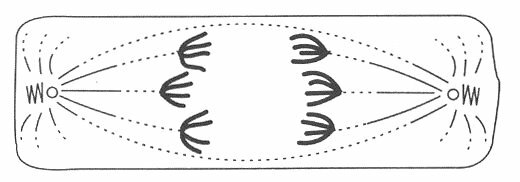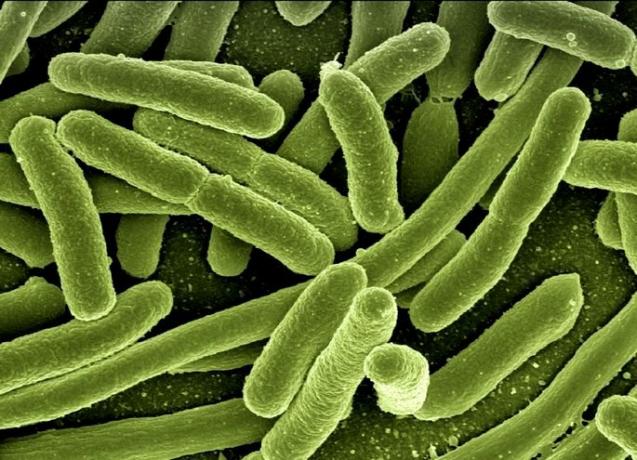O ground it is the layer that covers the earth's surface, being basically formed by organic matter and inorganic matter (solid components) through the action of climatic and biological factors.
It is worth remembering that, in addition to solid elements, the soil is formed by liquid (water) and gaseous (carbon dioxide,) components. hydrogen, nitrogen, oxygen, etc.) closely related to the porosity required for the development of the ground.
Know more about: The Importance of Soil.
Ground pollution
The soil is very important for the survival of human beings, animals and plants, as they all take from it the food they need to survive.
However, the ground pollution from the use of chemical products (fertilizers, pesticides) and the amount of solid waste and liquids, have generated several environmental problems, from the loss of species and, consequently, of the ecosystems.
Soil Composition
According to its composition, there are two types of soil: organic and inorganic.
Organic Soil
Organic soils are composed of organic matter, that is, formed through the decomposition of plants, animals and microorganisms.
O humus, responsible for soil fertility, is the name given to the dark colored organic matter that is deposited in this type of soil through aerobic conditions, i.e. when oxygen is present, for example, in vertebrate and invertebrates.
In turn, the peat is the name given to organic matter formed by anaerobic processes, which occur in the absence of oxygen, for example, fungi and bacteria. It is the most suitable soil for plant development, being widely used in agriculture.
Inorganic Soil
Unlike organic soil, inorganic soil is formed by inorganic matter, that is, the minerals which form especially by the breakdown of rocks over time or by the action of wind, rain, and changes in temperature.
These elements are called inorganic colloids, which have very important functions for soil detoxification.
The main minerals that appear in this type of soil are limestone, quartz, mica, clay, among others. This type of soil is not very suitable for agriculture, being found, for example, in the desert.
Inorganic compounds are more abundant than organic compounds and both are important for the development and balance of ecosystems.
To expand your knowledge, read Soil Types.
Organic and Inorganic Fertilizers
With human interference and climate change today, many parts of the world have nutrient-poor soils. Therefore, the fertilizers, composed of organic and inorganic matter, return the necessary nutrients to the soil.
Thus, organic fertilizers are those derived from organic matter of plant or animal origin, while inorganic fertilizers are obtained through the extraction of minerals.
Also read about:
- Types of Soil in Brazil
- Organic agriculture
- Enem geography: subjects that fall the most


